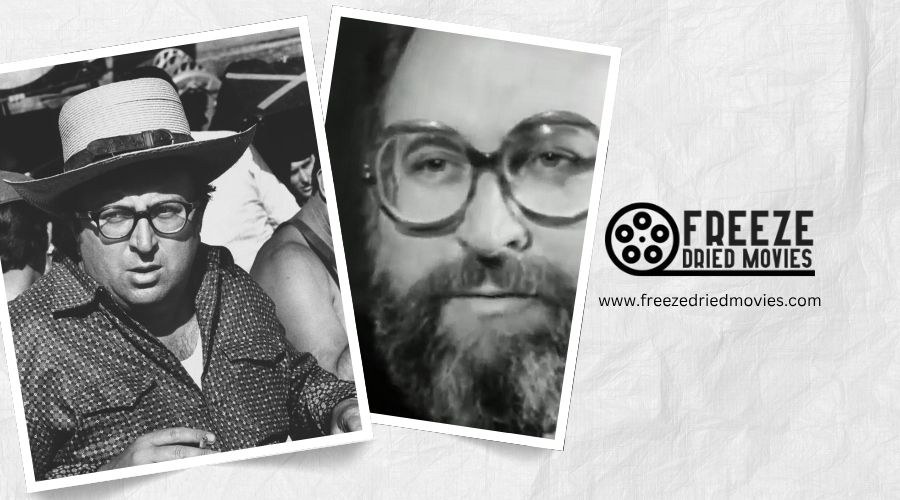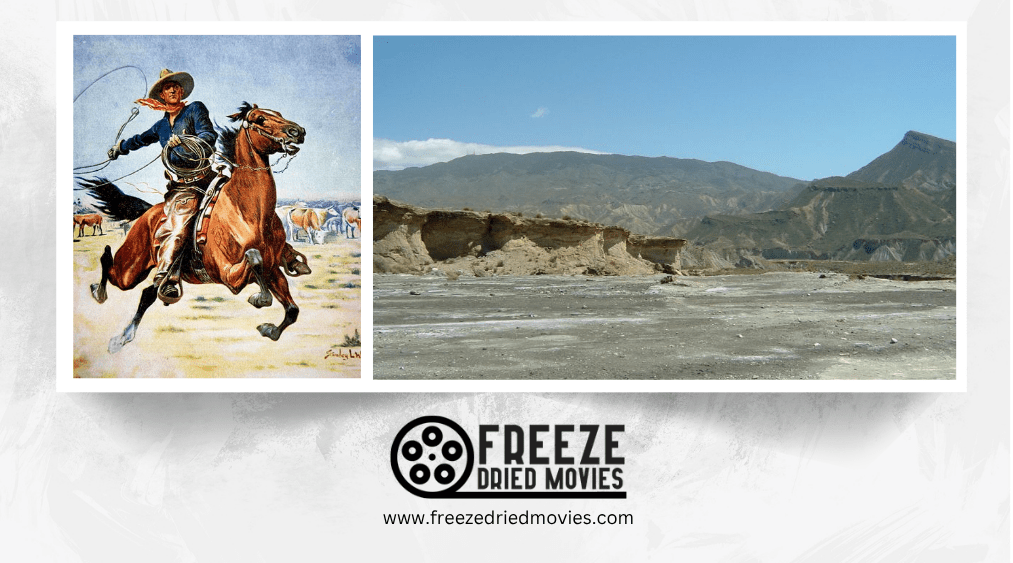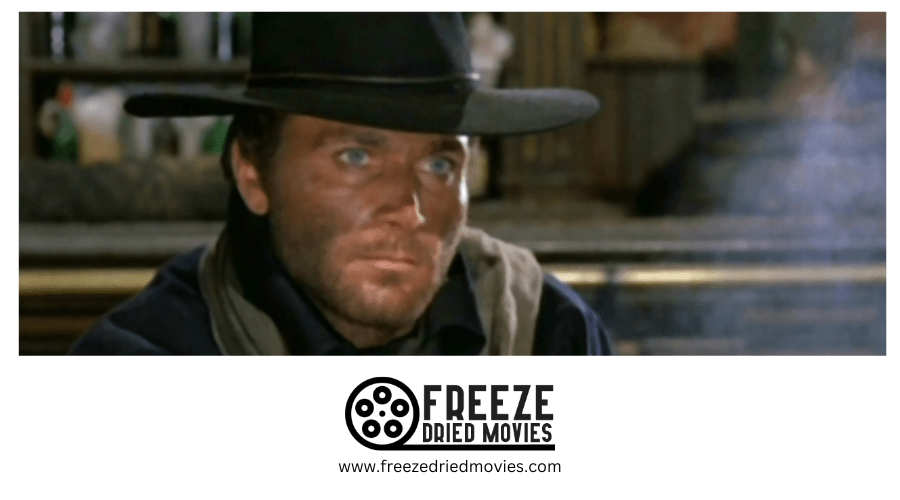Ranking Sergio Leone’s “Dollars” Trilogy: A Definitive Guide
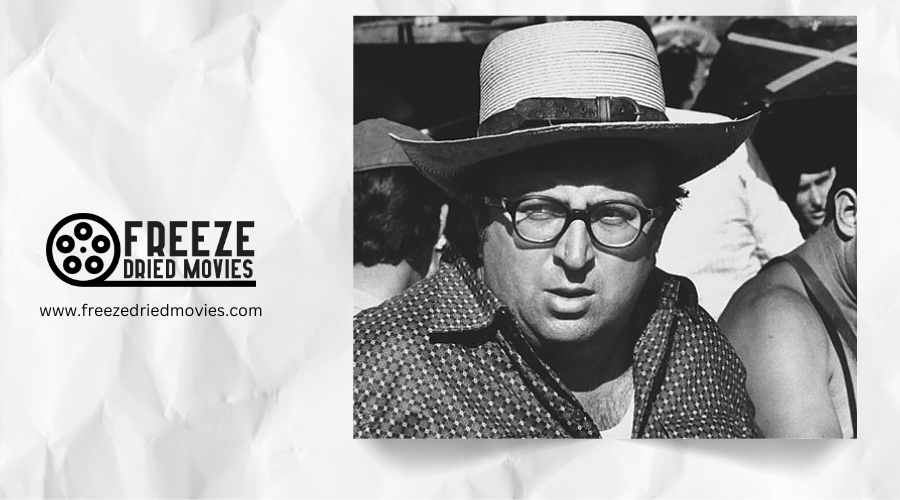
You've seen the squint, heard the whistling theme, and witnessed the iconic standoffs, but have you truly considered which of Leone's masterpieces deserves the top spot? When ranking his "Dollars" trilogy, you're not just comparing films—you're weighing revolutionary moments in cinema history. From Eastwood's debut as the Man With No Name to the sprawling Civil War backdrop of the finale, each entry offers distinct merits. Let's settle this cinematic showdown once and for all.
Sergio Leone's "Dollars" Trilogy
When discussing the most influential Western films ever made, Sergio Leone's "Dollars" trilogy stands as a monumental achievement that revolutionized the genre. This iconic Spaghetti Western series features Clint Eastwood as the enigmatic Man With No Name, creating a character that would forever change how we view Western protagonists.
Like the works of New Hollywood Visionaries who would later transform American cinema, Leone's films broke from convention and ushered in a new visual language. If you're planning to watch these masterpieces, you might wonder how they're ranked from worst to best. While "A Fistful of Dollars" introduced the world to Leone's vision, "For a Few Dollars More" expanded the scope with complex characters.
However, "The Good, the Bad and the Ugly" emerges as the crowning jewel—widely considered the greatest Western film in the trilogy with its epic Civil War backdrop, unforgettable score, and three-way standoff that defined cinematic tension.
The Birth of the Spaghetti Western: Leone's Revolutionary Vision
Before the revolutionary "Dollars" trilogy could reshape cinema history, the Western genre had grown stagnant and predictable.
When Sergio Leone released "A Fistful of Dollars" in 1964, he ignited a cinematic revolution that would forever change how you experience the Wild West on screen.
Drawing inspiration from Akira Kurosawa's Yojimbo, Leone crafted a morally ambiguous frontier where Clint Eastwood's Man With No Name navigated a violent landscape with cynical pragmatism. Leone's distinctive visual language—extreme close-ups, prolonged silences, and dusty landscapes—paired perfectly with Ennio Morricone's innovative scores to create an entirely new Western aesthetic.
This Italian reimagining opened floodgates for Spaghetti Westerns, demonstrating that international filmmakers couldn't only contribute to but fundamentally transform established genres in cinematic history.
Leone's approach of blending violent themes with complex characters echoed the Gothic fiction roots that had revolutionized literature a century earlier through works like "Dracula" and the psychological horror stories of Edgar Allan Poe.
A Fistful of Dollars (1964): The Flawed But Groundbreaking Beginning

How does a film become revolutionary despite obvious shortcomings? "A Fistful of Dollars" stands as the most imperfect entry in Leone's trilogy, yet its significance to cinema can't be overstated.
When you watch this Western today, you'll notice the raw, unpolished quality that actually enhances its gritty portrayal of the Old West. Clint Eastwood's Man with No Name creates a template for the morally ambiguous anti-hero that would influence countless characters across media—from cinema to Star Wars' Boba Fett.
Despite limited resources, Leone's directorial vision shines through, establishing the distinctive style that would be perfected in subsequent Dollars films. While it's clearly the weakest installment, this film laid essential groundwork for what would become one of cinema's greatest trilogies. The film's approach to character development resembles James Dean's method acting mastery, bringing an emotional authenticity that revolutionized genre storytelling.
For a Few Dollars More (1965): When Leone Found His Stride
If Sergio Leone's debut Western showed promise, "For a Few Dollars More" delivered on that potential with astonishing confidence. This second Dollars Trilogy installment pairs Clint Eastwood's enigmatic bounty hunter with Lee Van Cleef's vengeful Colonel Mortimer in a partnership that crackles with tension and mutual respect.
What elevates this entry above its predecessor:
- Morricone's haunting pocket watch melody serves as both emotional core and narrative device
- Leone's expanded visual vocabulary employs extreme close-ups and vast landscapes with greater purpose
- Van Cleef provides the perfect counterbalance to Eastwood's laconic gunslinger
- The moral complexity deepens as both hunters pursue El Indio's gang for different reasons
You're witnessing Leone's artistic evolution in real-time, setting the stage for the trilogy's epic conclusion.
The Good, The Bad, and The Ugly (1966): Perfecting the Western Formula
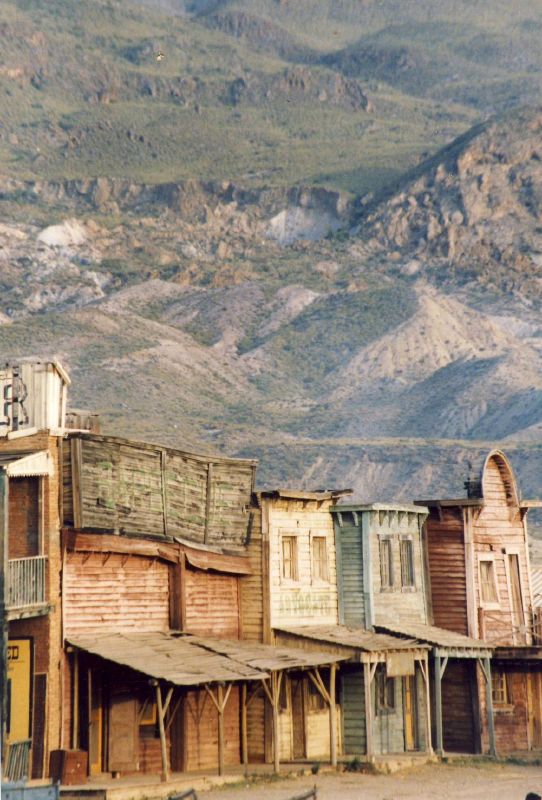
When Sergio Leone released "The Good, The Bad, and The Ugly" in 1966, he wasn't merely completing his Dollars Trilogy—he was redefining the Western genre itself. This masterpiece, widely considered the greatest Western ever made, represents the pinnacle of Leone's artistic vision.
The film's three-hour runtime gives you a profound exploration of morality through Eastwood's character, the "Man with No Name." His navigation of Civil War brutality is set against Morricone's unforgettable score and Carrasco's stunning cinematography.
You'll find the climactic three-way duel one of cinema's most breathtaking sequences, showcasing Leone's unparalleled mastery of tension. As the culmination of Leone's Dollars trilogy, The Good, The Bad, and The Ugly cemented both Eastwood's iconic status and the spaghetti Western's enduring legacy in filmmaking.
Clint Eastwood's Evolution as The Man With No Name
Transformation defines Clint Eastwood's journey as the "Man With No Name" throughout Leone's Dollars Trilogy. You'll witness his character's remarkable progression from a taciturn gunslinger to a complex antihero traversing moral complexity in the American West.
His evolution unfolds across four distinct phases:
- A Fistful of Dollars: Eastwood establishes the mysterious bounty hunter with a minimalist, stoic approach that captivates viewers
- For a Few Dollars More: His character gains depth through tactical intelligence and wit, revealing purpose behind his actions
- The Good, The Bad, and The Ugly: Eastwood reaches peak performance as his character confronts his own greed amidst Civil War chaos
- Legacy: His portrayal revolutionized the antihero archetype, cementing both Eastwood and the character in cinema history
Ennio Morricone's Scores: The Unforgettable Soundtrack of the West
Beyond the dusty landscapes and squinting gunslingers, it's Ennio Morricone's revolutionary compositions that breathe authentic life into Leone's vision of the American West. You'll instantly recognize the iconic film scores that have transcended cinema to become cultural touchstones. The haunting whistle from "A Fistful of Dollars," the tense guitar twangs of "For a Few Dollars More," and the transcendent "Ecstasy of Gold" all exemplify Morricone's genius.
His unconventional instrumentation creates a distinct aural landscape that perfectly captures the trilogy's moral ambiguity. More than mere background music, these scores form the emotional core of Leone's storytelling, intensifying every standoff and revelation.
The critical acclaim for these composer-director collaborations confirms what you already feel: without Morricone's musical vision, the "Dollars" trilogy would be half the masterpiece it is.
Visual Storytelling: Leone's Signature Cinematography Techniques
Within Leone's "Dollars" trilogy, the camera itself becomes a silent storyteller, capturing the unspoken tensions of the American West through distinctive visual techniques. His collaboration with cinematographer Tonino Delli Colli created a visual language that revolutionized the genre.
You'll notice Leone's mastery through:
- Extreme close-ups of weathered faces paired with sparse dialogue, forcing you to read emotions in squinting eyes and twitching lips
- Iconic compositions like the triangular "face-off" framing that heightens the drama of showdowns
- Rhythmic cross-cutting and extended silences that build unbearable tension before explosive action
- Dramatic lighting and wide-angle lenses that transform dusty landscapes and weathered faces into mythic tableaux


